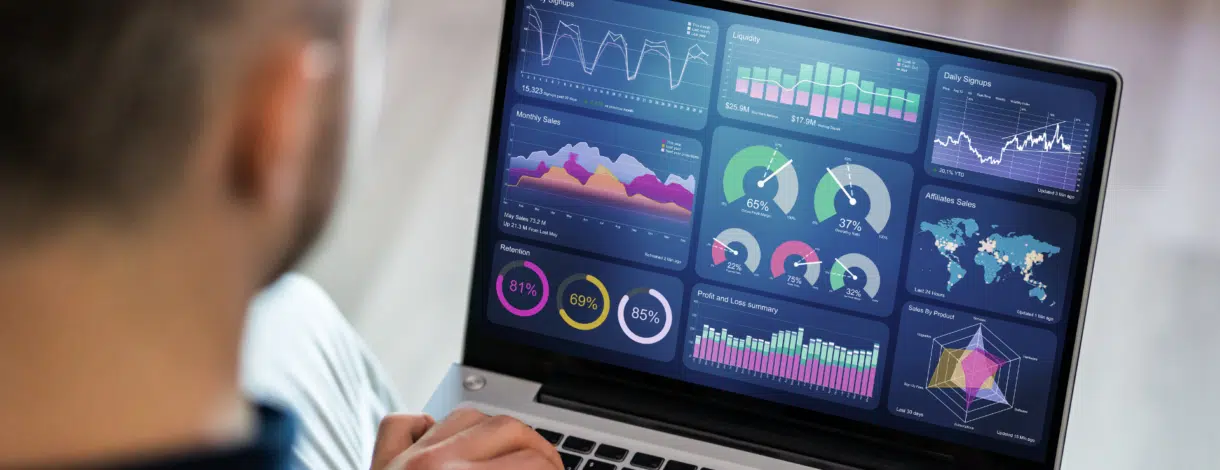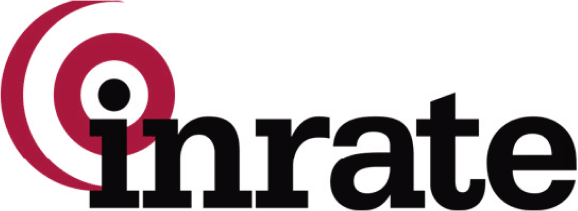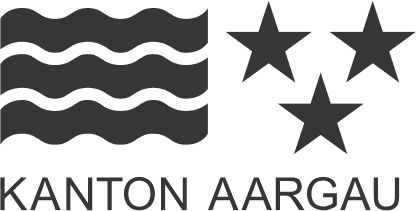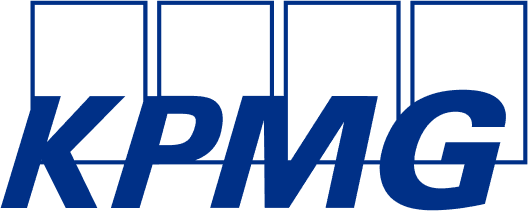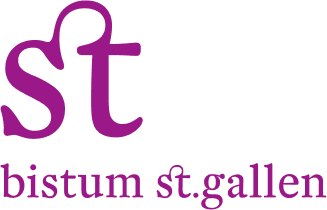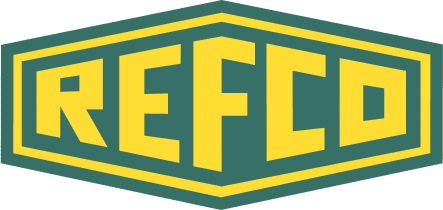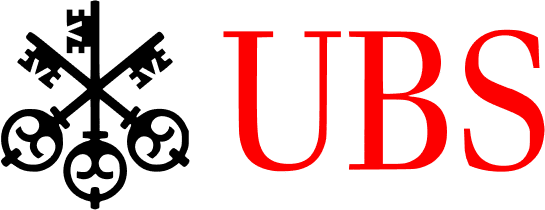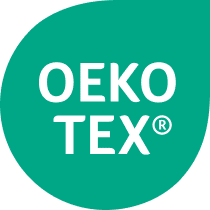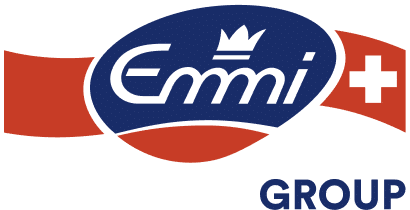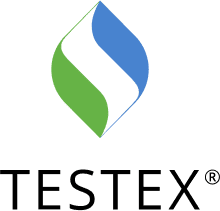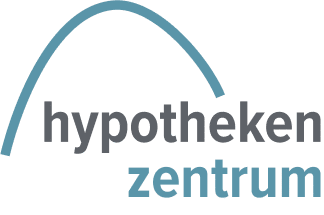IT modernization means making the leap from old structures to modern, flexible solutions. It’s about making systems fit for the future, reducing operating costs, and taking full advantage of new opportunities such as cloud integration and automated processes.
When software is not updated for years, technical debt builds up: rising maintenance costs, security gaps, and dependencies on individual developers. Application modernization solves precisely these problems by transferring old applications to a future-proof architecture.
In a conversation with our CTO Robert Schmuck, you will learn which mistakes are commonly made in IT modernization, which methods are suitable when, and how to avoid a modernization backlog.
